Packaging Compliance
Packaging Compliance
Packaging Compliance
Packaging Compliance refers to the adherence to laws, regulations, and standards that govern the packaging industry. These rules ensure that packaging is safe, sustainable, and suitable for its intended use.
Why is Packaging Compliance Important?
Packaging compliance is crucial for several reasons. First, it ensures consumer safety by preventing harmful materials from being used. Second, it promotes environmental sustainability by encouraging the use of recyclable and biodegradable materials. Lastly, it helps companies avoid legal penalties and maintain their reputation.
Key Regulations and Standards
Several regulations and standards guide packaging compliance. In the United States, the Food and Drug Administration (FDA) sets guidelines for food packaging. In Europe, the European Union (EU) has its own set of regulations, such as the Packaging and Packaging Waste Directive. These rules cover everything from material composition to labeling requirements.
Steps to Ensure Packaging Compliance
To ensure packaging compliance, companies should follow these steps:
1. Understand the Regulations: Familiarize yourself with local and international packaging laws.
2. Conduct Regular Audits: Regularly check your packaging processes to ensure they meet compliance standards.
3. Use Compliant Materials: Choose materials that meet regulatory requirements for safety and sustainability.
4. Train Your Team: Educate your staff about the importance of packaging compliance and how to achieve it.
Conclusion
Packaging compliance is essential for any business involved in the packaging industry. By adhering to regulations, companies can ensure safety, promote sustainability, and avoid legal issues. Always stay updated on the latest standards to maintain compliance.
Blog Posts with the term: Packaging Compliance

Packaging regulations are crucial for businesses involved in the manufacture, distribution or sale of packaged goods. They protect consumers and support fair competition by governing every aspect of packaging from design to label information. Compliance with these rules is essential...

The German Packaging Law (VerpackG) aims to reduce packaging waste by holding producers and distributors accountable for the recycling of their product packaging, with strict compliance enforced through registration and reporting via the LUCID portal. All businesses introducing packaged goods...

EU packaging regulations require businesses to minimize waste, enhance recyclability, and reduce hazardous substances. Compliance with the Packaging and Packaging Waste Directive is essential for market access in the EU....

Packaging validation is a crucial process for ensuring product protection and compliance with industry standards, involving rigorous testing to simulate real-world conditions. It's essential for maintaining product integrity, safety, regulatory adherence, and consumer trust. An effective packaging validation protocol includes clear...
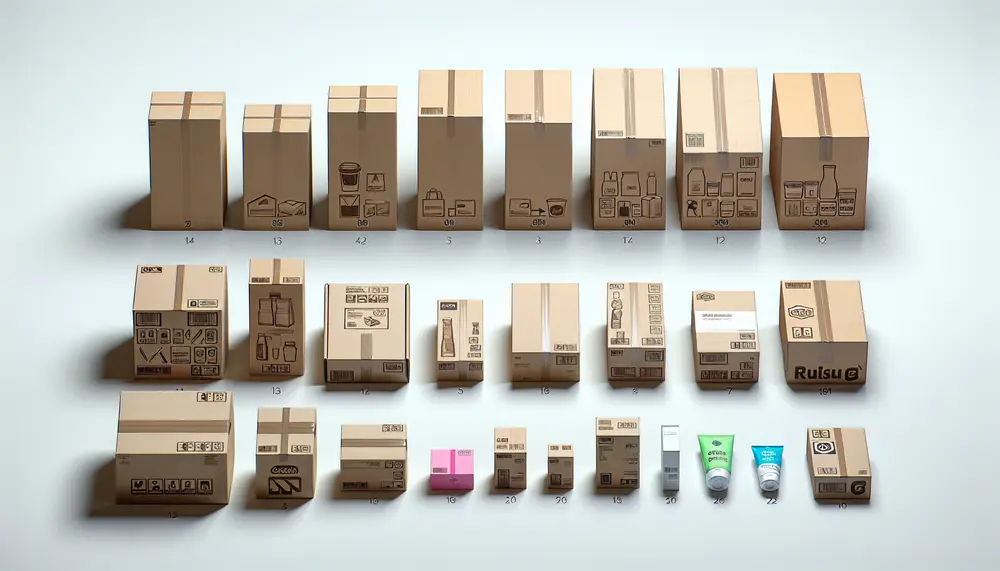
Product packaging is essential for protection, marketing, and providing consumer information; it influences brand perception and purchase decisions through design elements like color schemes. The design process involves research, feedback, prototyping, and technical considerations to ensure functionality and appeal. Choosing packaging...

The FDA ensures drug packaging safety and efficacy through stringent guidelines on material quality, labeling accuracy, child-resistant features, tamper-evident seals, and environmental considerations. Compliance with these standards protects public health by preventing contamination and ensuring clear information is provided to...
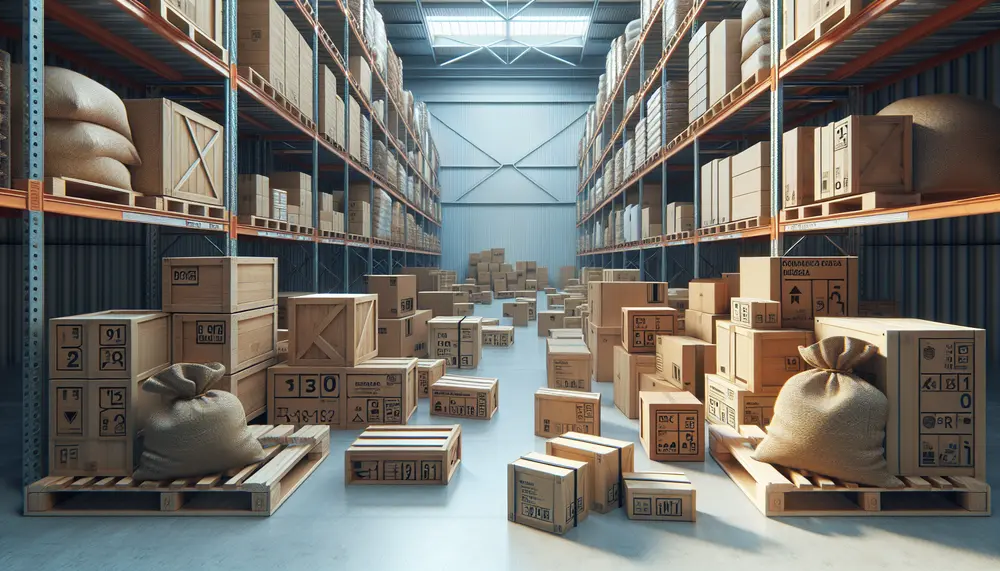
Fumigation is essential for packaging materials, especially wood, to prevent pest infestations that threaten ecosystems and economies; it ensures compliance with global phytosanitary standards. It's crucial in the supply chain to maintain product integrity and adhere to international trade regulations...
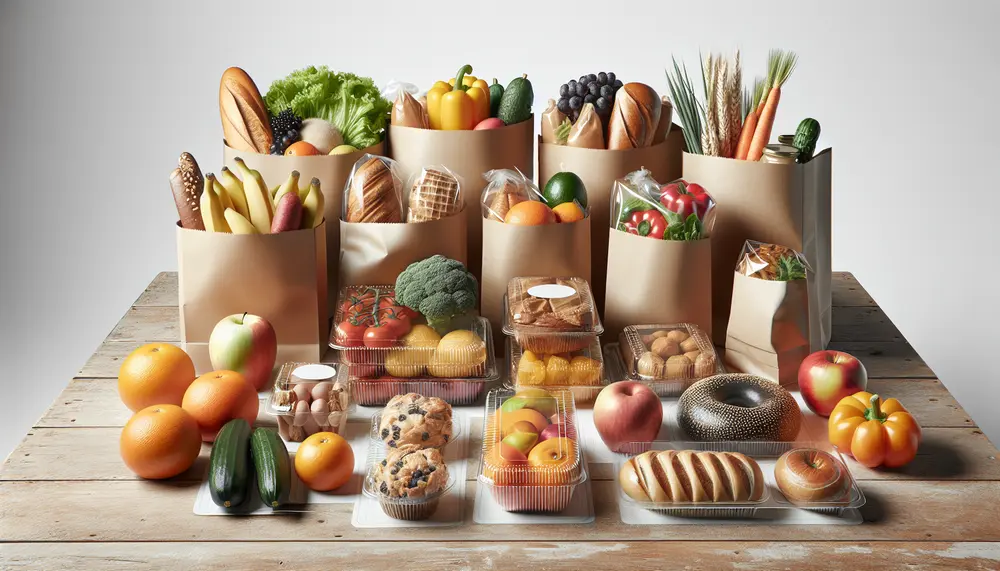
Packaging is critical for food safety and freshness, providing a barrier against contaminants and extending shelf life through innovations like modified atmosphere packaging. It also protects from physical damage during distribution, playing an essential role in preventing foodborne illness. Choosing the...
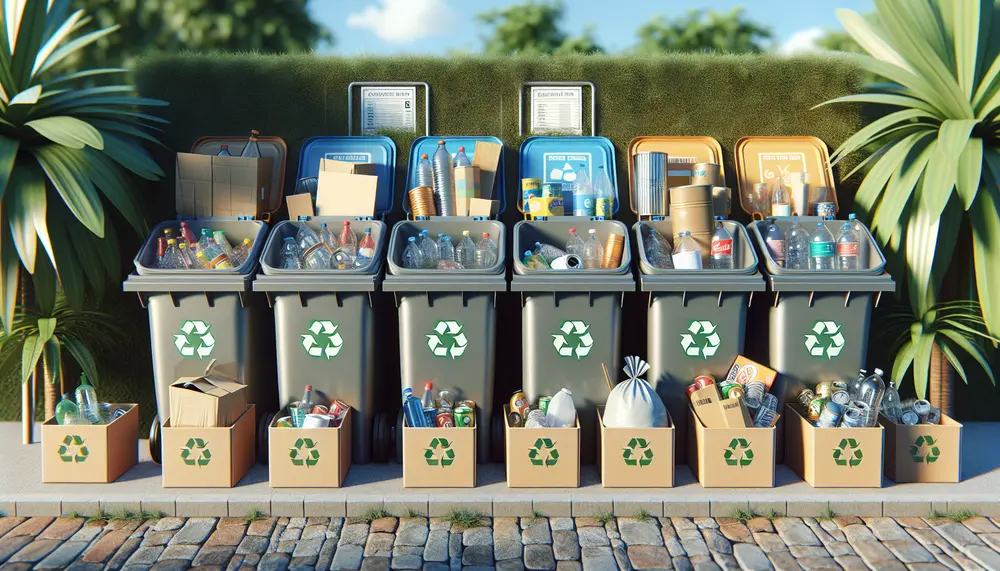
The Packaging Waste Directive (Directive 94/62/EC) is a key EU legislation aimed at reducing packaging waste by setting recovery and recycling targets, promoting sustainable design, and minimizing landfill disposal. Compliance with the directive benefits businesses through enhanced reputation, cost savings,...

Hazardous materials (Hazmat) are substances that can endanger health, property, or the environment and require specific handling and packaging to mitigate risks during transport. Regulatory bodies enforce strict guidelines for Hazmat transportation; non-compliance can result in severe consequences. Different types of...

Butcher packaging essentials are vital for meat preservation, presentation, and customer trust; they involve selecting suitable materials, proper labeling, and adhering to regulatory standards. Butcher paper and twine play traditional roles in preserving meat quality while enhancing its market appeal....

The European Union's packaging framework emphasizes environmental responsibility and sets quality and safety benchmarks for market-circulating packaging, requiring a life cycle approach from manufacturing to disposal/recycling. Businesses must understand these evolving standards to ensure compliance with the EU Packaging and...
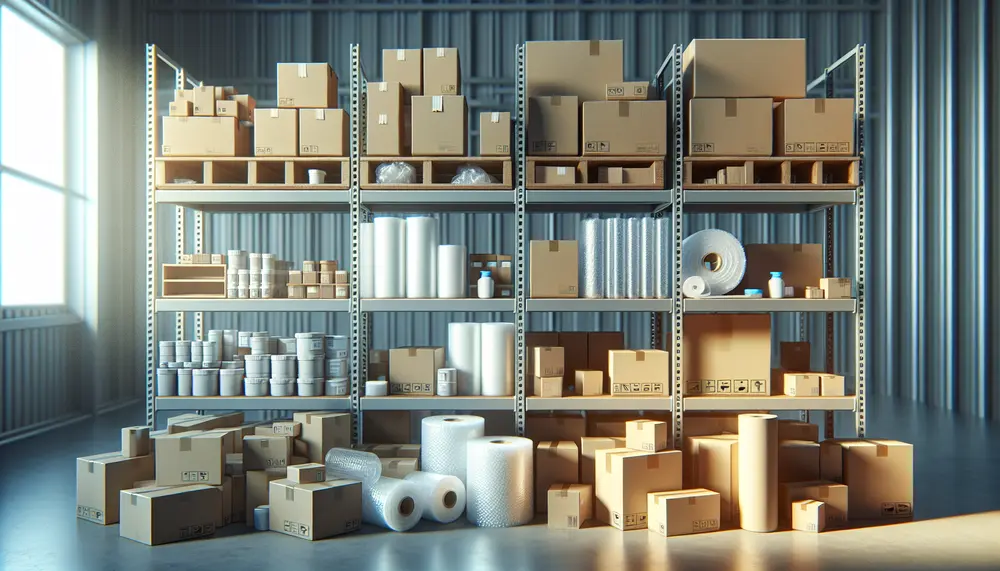
A packaging gateway is a critical platform that bridges design and production, integrating creativity, functionality, logistics, and sustainability to enhance customer experience. It involves strategic planning, innovative design, sustainable materials procurement, technology use for efficiency and customization, as well as...
